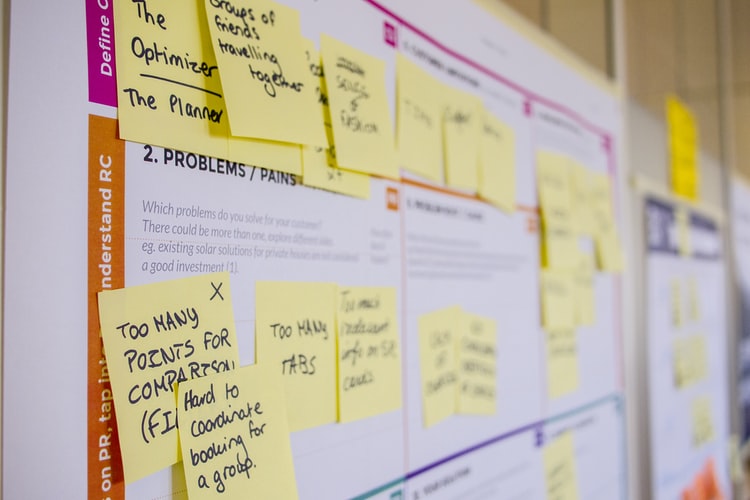Your brand is (arguably) one of the most important parts of your business. For start-ups and established businesses alike, your brand reflects who you are, your values, the ways in which you communicate and even the public perception of your business. In essence, your brand is your personality, and that’s why getting it right is so important from the start.

Often, people use the terms ‘logo’ and ‘brand’ interchangeably, but your brand identity is so much more than how you look. Below, we look at some of the ways to start the brand development process.
- Figure out what it is that you do
This might sound simple, but the first step really is to pick one or two things that you do, and that you want your brand to be known for. Here are some questions that can help you identify this:
- What’s your niche?
- What are your USPs?
- What are the benefits of your product or service?
- How is your business unique?
- What do you want to be known for?
- What is your ultimate end goal as a business?
Once you’ve established your mission, value proposition and goals, you’ll have the foundation for the rest of your decisions when developing your brand.
- Choose a (good) name
If you already have a name for your business or brand, skip to step three. If not, read on for some naming tips.
When thinking of a name, many companies start with either what their product or service is, or one of the benefits of their product or service. Start by writing some words out that will reflect your brand – trustworthy, reliable and cost-effective are a good start, but try injecting some personality into this task. If your brand were a person, would it be a night owl, a sassy Susan or a penny pincher?
One of the most important things to consider when creating a name and a brand is longevity. While brands do evolve, rebrands can be extremely costly and resource-draining, and can cause issues for staff, customers and prospects alike.
Once you have a name, the next step is to check the brand’s availability. This is important for your website domain and social channels, but also for Companies House if you intend on being a limited company now, or in the future.
- Create your look and feel
Your brand look and feel is made up of your colour scheme, font, logo and even your tagline.
It should be instantly recognisable, reflect your business and not be ambiguous – you don’t want people asking ‘what’s that meant to be?’
If you’re struggling to get inspired or strapped for time, try an online logo tool such as Namecheap, where you can pick the icons, colours, typography and styles that you like, and its AI-powered machinery will do the rest.
- Create a brand guide
When it comes to successful brand development, consistency is key. By having a set of brand guidelines (and updating them as frequently as needed) your internal team and external partners such as marketing agencies will be instantly in the loop on your brand.
While brand guidelines are particularly helpful for outlining logo shapes, sizes and placements, they’re also a great document to outline things like tag lines or tone of voice – all crucial elements of a brand.
Developing your brand doesn’t have to be a headache. By getting the foundations in place initially, planning for the long-term and keeping your brand consistent, you’ll create a brand that’s instantly recognizable and truly reflects you as a business.